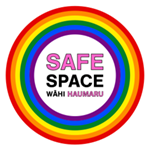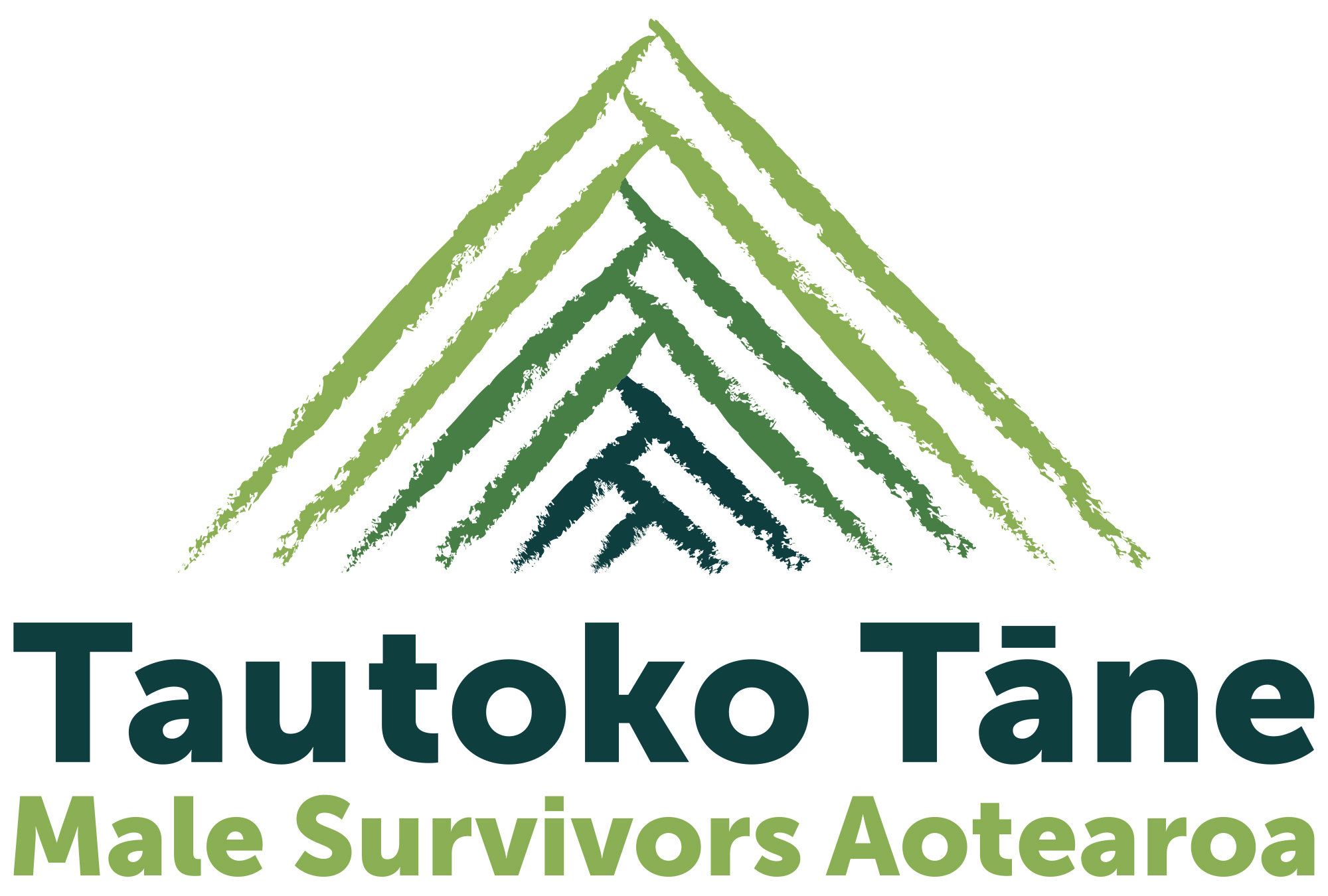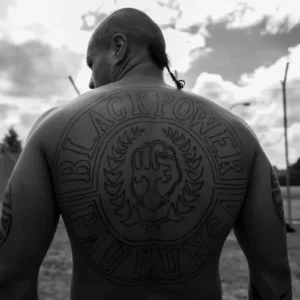Nearly 500 babies, children and teenagers in Oranga Tamariki care experienced physical, emotional and sexual harm, and neglect in just one year.
The first full annual report on harm in care by Oranga Tamariki, released on Wednesday, showed 5.6 per cent of children in state care (or 464 children) were not kept safe in the year ending June 30.
The report, titled Safety of Children in Care, says 6590 children and young people in Oranga Tamariki's custody were kept safe and "had the support they needed to ensure they could thrive and flourish in loving homes".
Published in
Stuff
But 61 children, babies and teenagers experienced neglect, 153 endured emotional harm and 265 suffered physical harm in the reporting period.
Another 77 children – some as young as 6 – and teenagers experienced sexual abuse while under the protection of the state.
Oranga Tamariki deputy chief executive Hoani Lambert said the report was a reminder the organisation “still had work to do”.
The report provided a “baseline for measuring the safety of children and young people in care” and included all types and levels of of harm, he said.
There were 707 “findings” of harm as some children were hurt more than once.
“This was either because there was more than one person who caused the harm or the incident reflected more than one type of harm on the child,” the report says.
A family caregiver or a parent was responsible in most cases.
Family caregivers involved often spoke about being stressed by the role and not being supported while they were providing care.
This included not being visited by a social worker, not getting responses to phone calls for help, and having to manage tense family dynamics, the report says.
Seventy per cent of the children harmed while in care were Māori, 11 per cent were Māori and Pacific Islanders, 3 per cent were Pacific Islanders, and 16 per cent were New Zealand European.
Slightly more girls (54 per cent) were harmed than boys (46 per cent).
Lambert said research showed children who had previously been harmed, were vulnerable to further harm.
“They also often have complex needs and responding to these needs safely is difficult.”
In a statement, Northland Te Rūnanga ā Iwi o Ngāpuhi chief executive Lorraine Toki said Oranga Tamariki had not been open to the iwi’s solutions and recommendations, despite a partnership agreement.
Toki said Ngāpuhi had double the number of children in care than any other iwi and wanted to work with Oranga Tamariki “to develop prevention and intervention models”.
Services run by iwi needed to be “fully resourced equivalent to internal Oranga Tamariki models, if we are to truly make change”.
“Preserving the whakapapa of our mokopuna is our future, not continued talk fests and reviews that confirm what we know and tell us nothing new.”
Children’s Commissioner Andrew Beecroft said the report confirmed the “sad reality” that being in state care did not always mean being safe.
“It’s not a surprise because we know that whatever the form of state care, sadly, almost tragically it’s not risk free from further abuse and neglect and indeed it’s why we have a Royal Commission of Inquiry into abuse in state care.
“We’re fooling ourselves if we think there was a bright line somewhere in the past where the abuse stopped and it’s only historical. This material shows that it is current and ongoing and we’ve got to be very vigilant.”
He endorsed Toki’s call for further resources for families providing care for children.
“There’s been a false assumption in the system as a whole that willing family and wider family will have the money, training and expertise to deal with children in trauma.”
By Cate Broughton
Published in Stuff
11 December 2019



